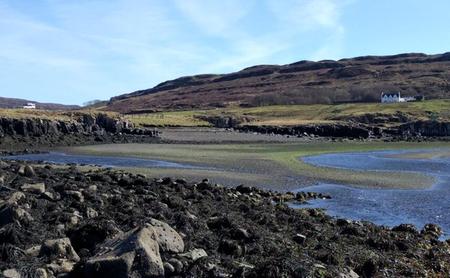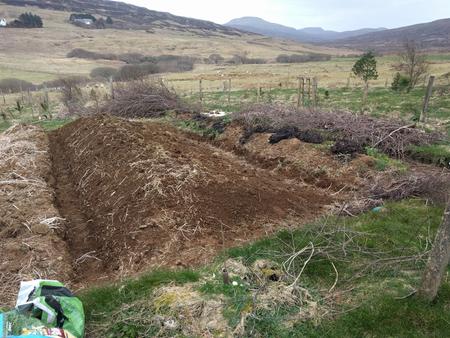

 5
5





How Permies works: https://permies.com/wiki/34193/permies-works-links-threads
My projects on Skye: The tree field, Growing and landracing, perennial polycultures, "Don't dream it - be it! "
 5
5




Nancy Reading wrote:
S Rogers wrote:I'm curious how your soil is doing now.
I'm hoping that this year the area I have prepared will be much more conducive to growing. I'm hoping to do some quantitative soil tests to show how much the soil has improved - pH, organic matter, soil life. But the proof to me will be in achieving a harvest. For that there is also more involved than soil - timing of sowing seeds, predators and pests, what the weather does, and timing of harvest. I'm hopeful that this year I will be able to save some seeds and grow some new crops to maturity. Still an awful lot to learn
I'm not happy I've been able to incorporate enough organic material within the soil. However, having improved the drainage and relieved the compaction, hopefully the plant roots will continue the good work - along with more seaweed and whatever other organic materials I can source locally.












 2
2




Helen Butt wrote:
During one of the lockdowns I looked into the soil carbon cycle and I believe that if you encourage carbon into your soil, nature will do the rest. (Ie the microbes which do so much good, feed off the C, so more C means more microbes.)
How Permies works: https://permies.com/wiki/34193/permies-works-links-threads
My projects on Skye: The tree field, Growing and landracing, perennial polycultures, "Don't dream it - be it! "
 5
5




















Helen Butt wrote:
I imagine over time you will have more homemade compost over time as well?
How Permies works: https://permies.com/wiki/34193/permies-works-links-threads
My projects on Skye: The tree field, Growing and landracing, perennial polycultures, "Don't dream it - be it! "
 3
3
















 3
3




How Permies works: https://permies.com/wiki/34193/permies-works-links-threads
My projects on Skye: The tree field, Growing and landracing, perennial polycultures, "Don't dream it - be it! "












 6
6










How Permies works: https://permies.com/wiki/34193/permies-works-links-threads
My projects on Skye: The tree field, Growing and landracing, perennial polycultures, "Don't dream it - be it! "
 5
5




I'm not lost because where ever I go there I am and that light at the end of the tunnel is not a train.












 4
4




james cox wrote:nancy, i am greatly encouraged every time i see what you are doing. i especially like the pics of your hi-teck gardening implements.
.with all that work you need fuel for energy.
i would like to know about your purslane. doesn't it want to take over everything? i have purslane here and it wants to completely take over. i covered an area with heavy plastic to suppress weeds on what was an old garden bed when we got here. the purslane just pushed right through it. nature is amazingly awesome and exceedingly frustrating at the same time.
How Permies works: https://permies.com/wiki/34193/permies-works-links-threads
My projects on Skye: The tree field, Growing and landracing, perennial polycultures, "Don't dream it - be it! "












 4
4







How Permies works: https://permies.com/wiki/34193/permies-works-links-threads
My projects on Skye: The tree field, Growing and landracing, perennial polycultures, "Don't dream it - be it! "

| I agree. Here's the link: http://stoves2.com |







